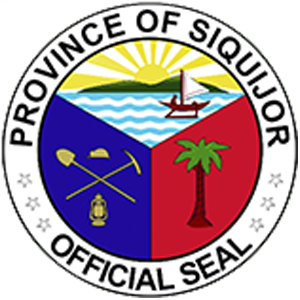Siquijor Province

Executive Brief
Land Area : 327 square kilometres (126 sq mi) and a coastline 102 kilometres (63 mi) long
Population : 95,984
Income Class : 4th municipal income class
Capital : Siquijor
Component Cities : 0
Municipalities : 6
Barangays : 42
THE history of Cebu goes way beyond 439 years ago when the island became a province at the start of the Spanish colonization.
Long before that, Cebu was already the center of trade of what is now the southern Philippines, dealing with traders from China, Malaysia, Japan, India, Burma and other parts of Asia. Cebu already had an organized social structure before the Spaniards came— with small groups headed by a datu who served as leader. A datu governed his community, settled disputes, made decisions, protected his village from enemies, led them into battle, and received labor and tributes from his people.
The position being both a political office and a social class, his authority was taken from his lineage, although his power depended on his wealth, the number of subjects and his reputation for physical prowess.
A community ranged from 30 to 100 households grouped as a barangay and was one based mostly on kinship. Aside from the datu, there were free men called timawa and then the olipon. Spanish reports called the role of an olipon as dependent rather than a slave, because of the absence of violence and harshness notable in European slavery.
Siquijor is the smallest island province in the Central Visayas Region. It’s geographically located midway between the Visayas and Mindanao Islands. It is bounded on the Northwest by the islands of Cebu, on the Northeast by Bohol, on the East by Camiguin Island, on the South by mainland Mindanao and on the West by Negros Island. On its northern shore lays the Bohol strait, on its southeast shore, the Mindanao Sea. Siquijor is the third smallest province in the country both in terms of population and land area, after Camiguin and Batanes. | |
For a time it was sub-province of Negros Oriental. Called Isla del Fuego or the “Island of Fire” by the Spanish before, Siquijor is considered by many Filipinos to be a mystical island, full of mysterious and other supernatural phenomena. | |